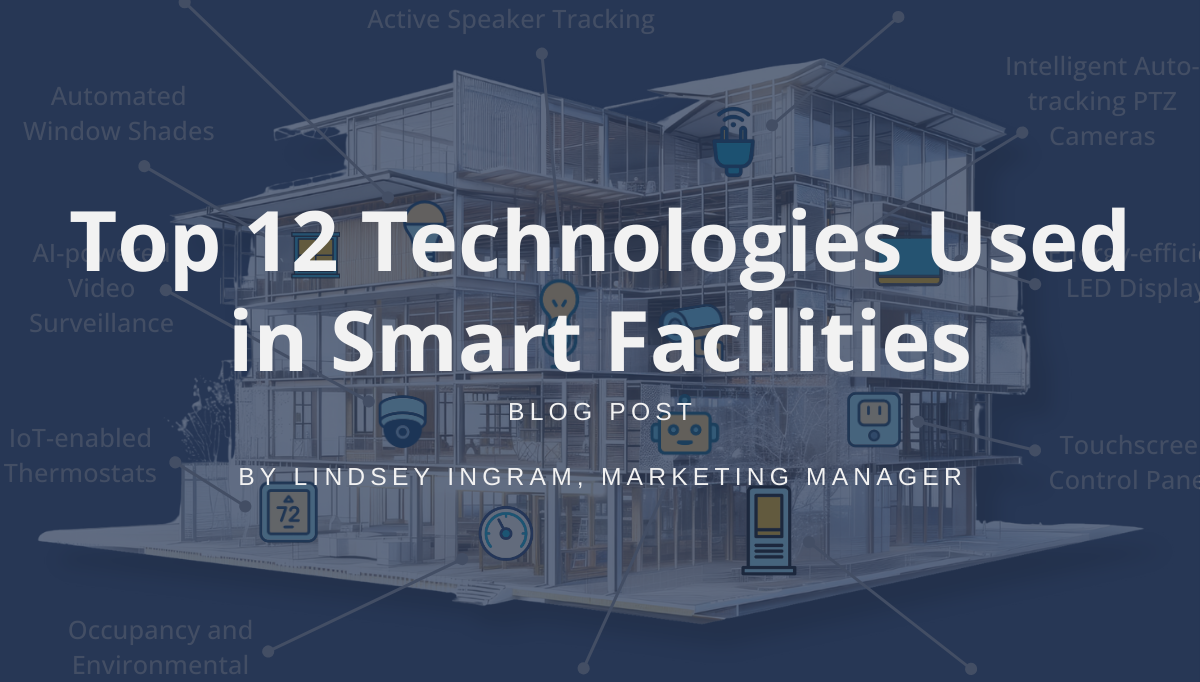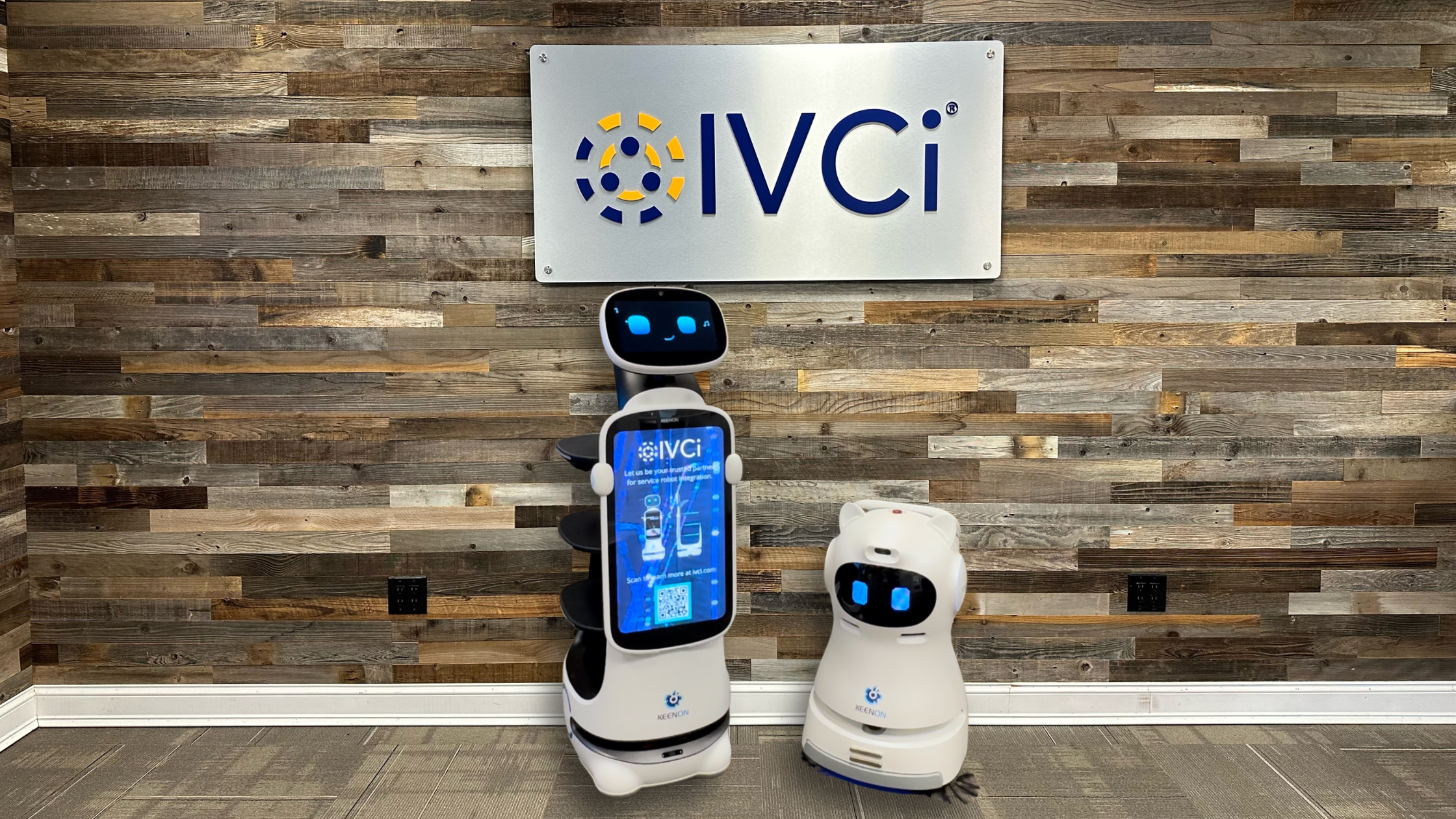One of the biggest questions we still have regarding the coronavirus outbreak is: when people return to the workplace, what kind of workplace will they be returning to?
What we know for sure is that businesses have to make significant changes to keep employees and visitors safe — and that integrator companies will play a significant role in the future of workplace design.
Here are some expected workplace design trends and the role technology will play in their execution.
Minimizing contact in the workplace
When workplaces reopen, they’ll likely be redesigned to minimize physical contact. Organizations can invest in hands-free technology to limit touching of shared space and equipment.
Offer solutions that integrate well with voice assistants like Siri and Alexa. This empowers users to still accomplish all of their tasks and fully utilize their office’s technology, without the risk of a high-touch situation.
Fewer workstations mean smarter workstations
A common facet of business reopening plans is a reduction in the number of workspaces to promote social distancing. With fewer workstations, organizations are likely shifting to a remote/on-premise hybrid work model, so the workstations within the office need to have more robust capabilities.
Each workstation will likely need audio and video integration to communicate with remote team members. However, fewer workstations mean that upgrading each station is less of a cost. This gives organizations the opportunity to take their technology upgrades one step further, creating customizable “smart desks” that elevate the work experience.
Revamping conference and meeting spaces
The return to work post-COVID is a great opportunity for integrator companies to take a consultative approach with their clients and prospects. Conference rooms and meeting spaces are a great place to start. With capacity reduced in most workplaces, organizations are no longer holding meetings of 10 or 15 people in their conference rooms.
This is where you can step in as a trusted industry advisor to recommend utilizing the space as a huddle room to be more efficient. Remote access is no longer a luxury but a necessity, so organizations need to be set up with the proper tools for seamlessly incorporating remote attendees into video conferences.
While it may require an initial investment to set up the proper AV technology and revamp the room to be conducive to video conferencing, the returns far outweigh the costs.
Organizations that move to a huddle room model will be able to seamlessly collaborate and communicate with team members, clients, and business partners without breaking capacity restrictions or putting anyone at risk of exposure. Setting clients up with state-of-the-art AV technology will help them achieve a future-focused workplace that keeps people safe, yet connected.
With organizations now tasked with redesigning their workplaces to fit post-pandemic protocol, they’ll need to lean on technology more than ever. That’s where AV integration companies like IVCi come into play, helping organizations achieve a workplace that safely achieves all strategic business goals.





